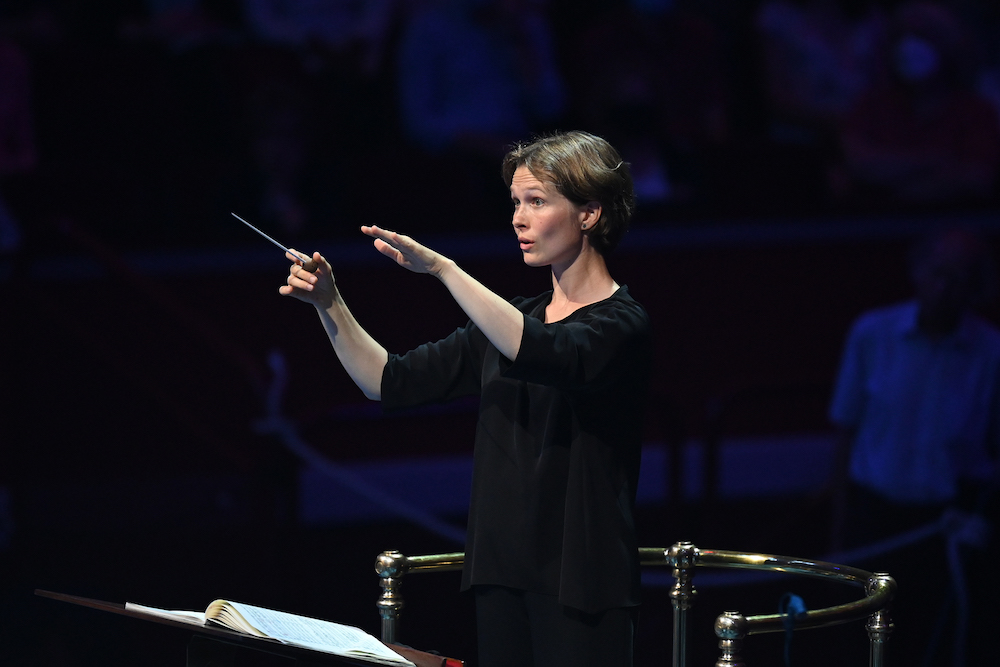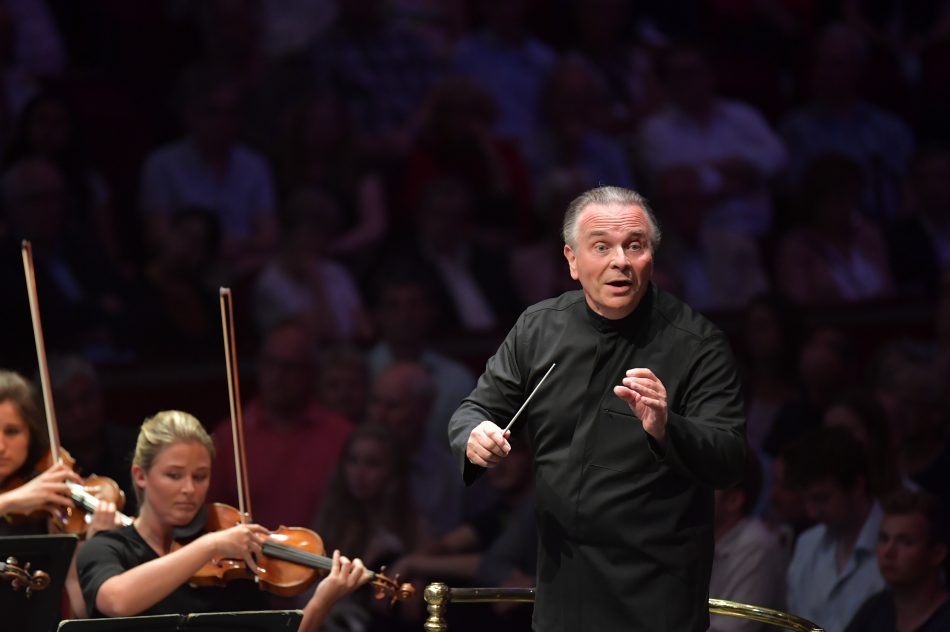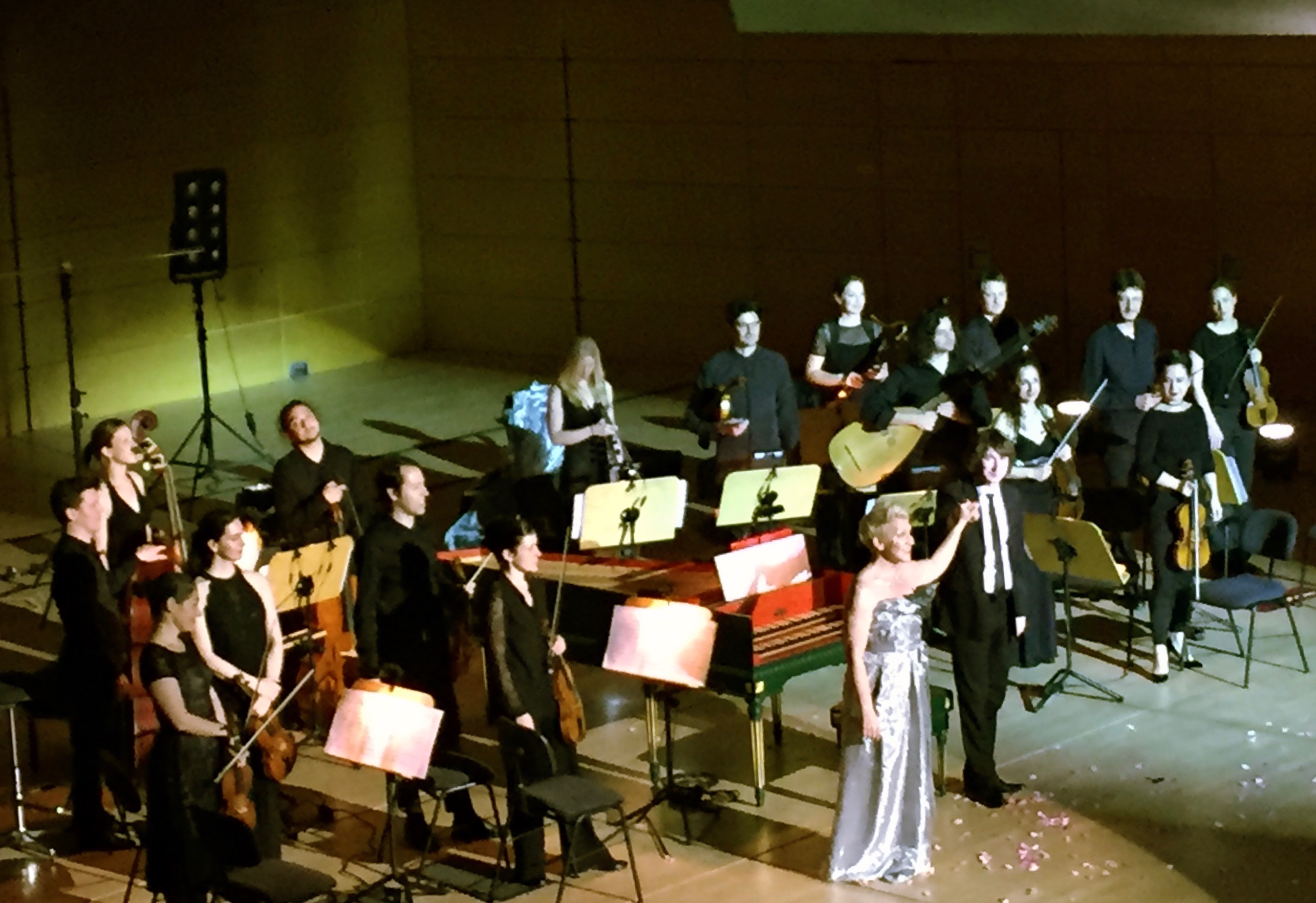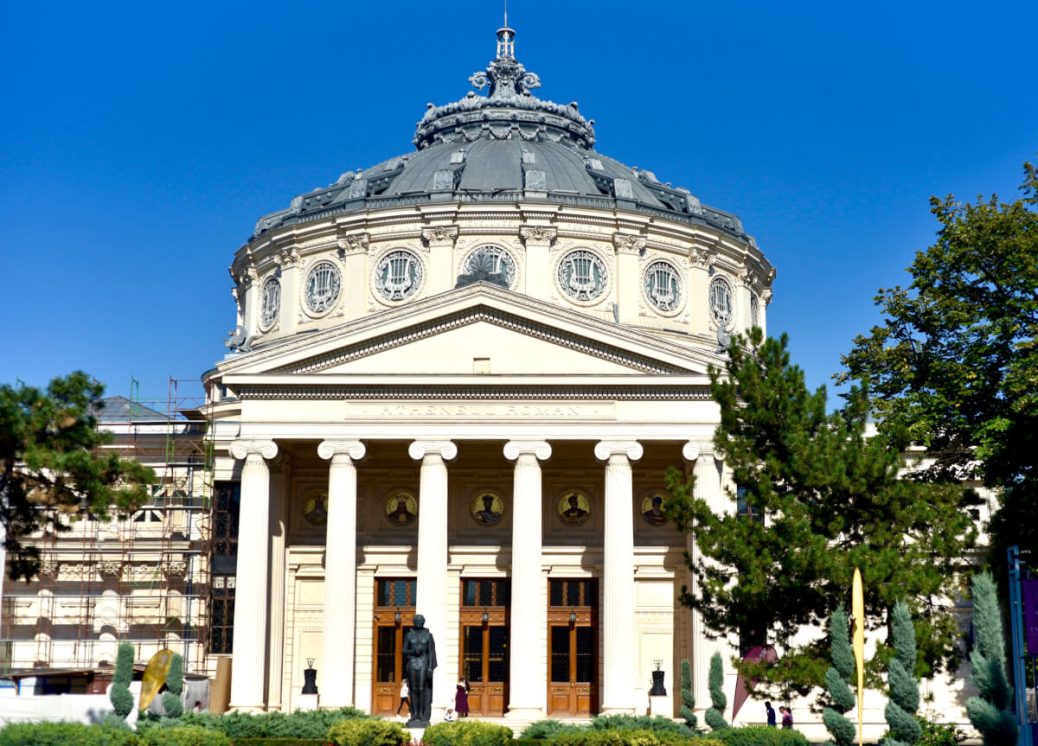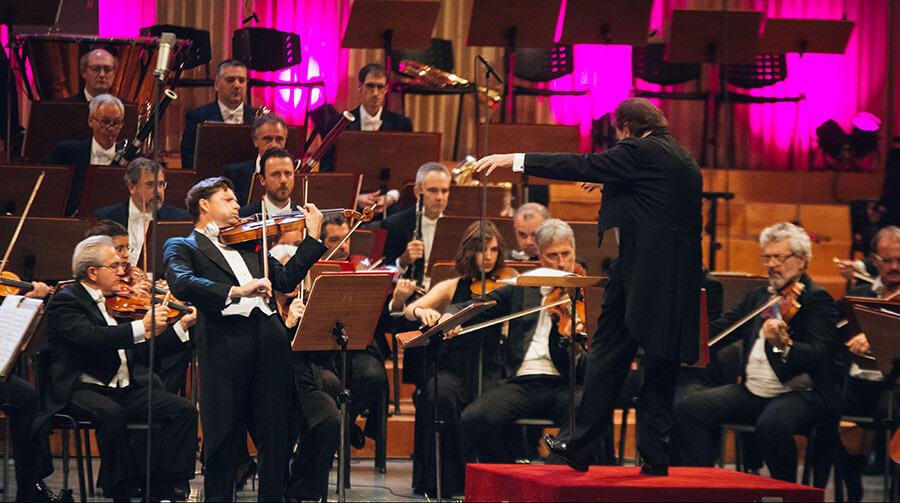
CANCEL TCHAIKOVSKY’S QUEEN OF SPADES ?
Production seen June 23rd 2023 at The Grange, Northington, Hampshire From afar The Grange at Northington in Hampshire resembles a Grecian temple. But the gently rolling lawns, farmed fields, peaceful lake and trees that surround the impressive neoclassical building couldn’t […]

